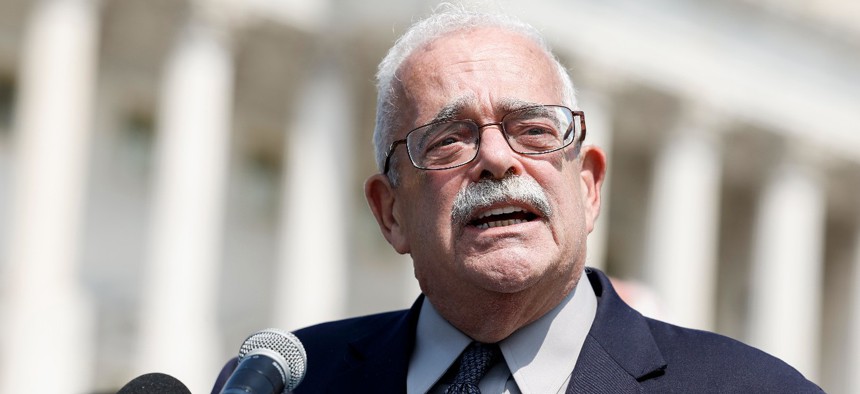
You can check the true cost of mortgage deals using our repayment calculator. This will end up costing you more, however, as you'll have to pay interest on it. If you choose a mortgage that carries a fee but you can't afford to pay it upfront, you can usually add it to your loan. If you're unsure of the right option, it's worth taking advice from a whole-of-market mortgage broker. Whether you'll be better off paying a fee or choosing a fee-free deal with a higher rate will depend on your own financial circumstances. Some deals are available fee-free, but these often carry higher interest rates. These are sometimes called arrangement fees, booking fees or completion fees.įees commonly range from £999 to £1,999. Next up is the amount of energy used by consumer electronics such as DVDs, TVs and computers every year.The majority of mortgages come with up-front fees.
#Bills to pay in a house full
You should also make sure they're kept as full as possible and that the area around them is kept clean so they don't have to work as hard. Look out for the energy efficiency stickers on modern appliances (pictured below). Replace your current fridge and/or freezer with an energy efficient model. Tumble dryers use a lot of energy, so if you can dry your clothes for free, that will help keep costs down. Many washing powders will now work at temperatures as low as 30 degrees, which is enough to effectively wash clothes while also helping your machine run more efficiently.ĭry your clothes outside or on a clothes horse. Use the economy setting on your washing machine. It may sound obvious - but keep the number of wash loads down by making sure the machine is full every time for maximum efficiency. Follow these tips and you could save a fortune on your heating bills:ĭo your washing less frequently. The biggest portion of your energy bill is taken up with heating your home and your water. Meter installation and gas storage costs comprise about 4% of your gas bill and 5% of your electricity bill. Supply costs are the costs the energy supplier incurs for the general administration associated with a retail business - for example running a call centre and sending out bills - and these vary according to what tariff you are on.

Wholesale cost refers to the price that the energy supplier has to pay for the gas and electricity they buy. This comes to roughly 67% and 58% of your respective bills.

The bulk of your bill, unsurprisingly, is comprised of the charges you actually pay for the gas and electricity you use. Distribution chargesġ6% of your gas bill and 16% of your electricity bill go toward distribution costs as some of the cost of building, maintaining and operating the local gas pipes and electricity wires which deliver energy to the home is passed on to customers. Currently, 2% of your gas bill and 4% of your electricity bill make up these costs. Transmission networks are what actually deliver electricity and gas to your home, and some of the cost of building and maintaining transmission chargers is passed on to customers. Currently VAT payments are capped at 5% of your total bill.

Contrary to popular belief, you do not pay full VAT on gas and electricity, but you do pay some.


 0 kommentar(er)
0 kommentar(er)
